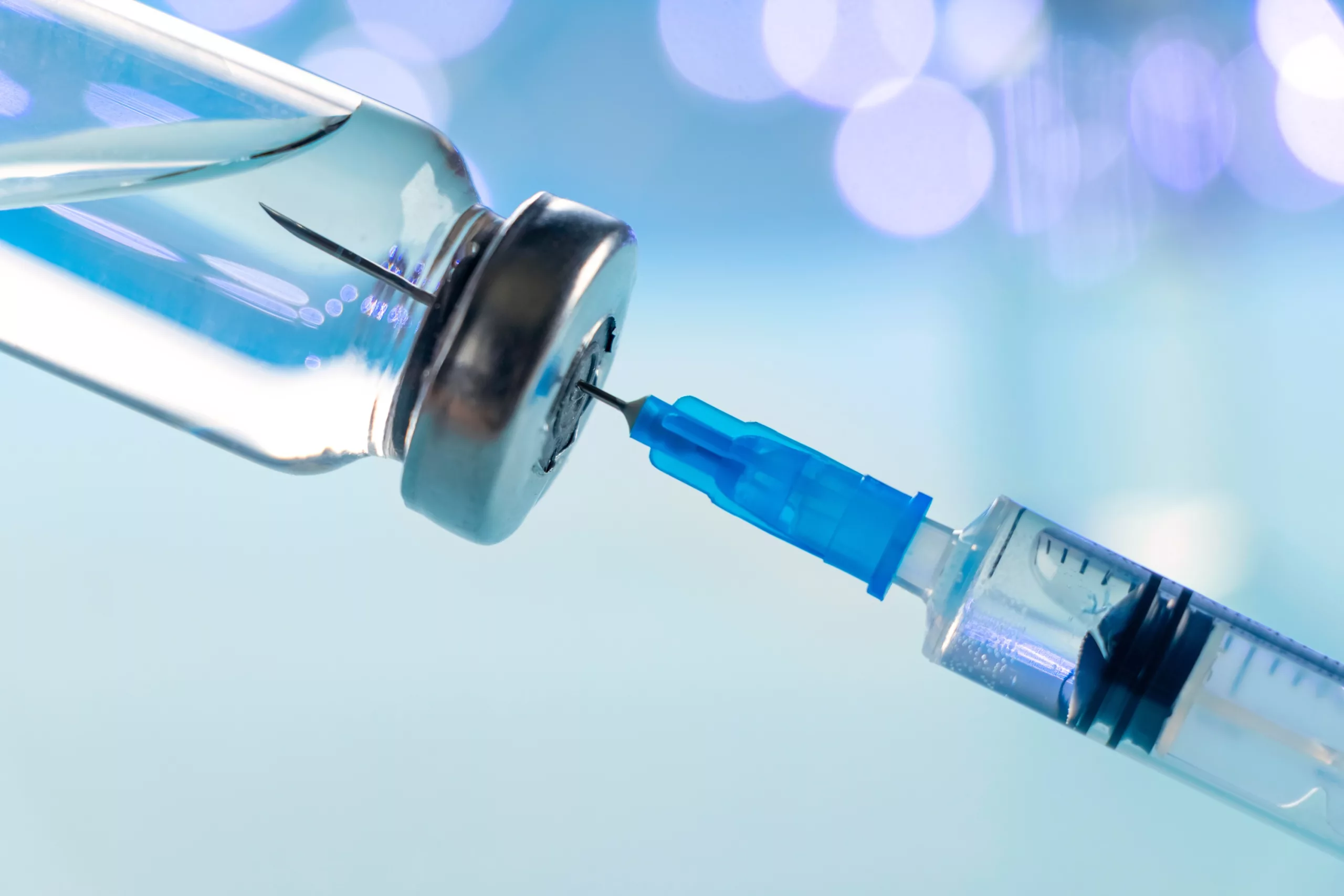In pharmaceutical manufacturing precision and cleanliness are not just ideals but absolute necessities. Nowhere is this more evident than in the production of sterile drugs, where even the slightest contamination can have serious consequences for patient safety. Aseptic technique, the cornerstone of sterile drug manufacturing, plays a pivotal role in ensuring the integrity and sterility of pharmaceutical products. This blog will discuss why aseptic technique is indispensable in this critical process.
Aseptic technique refers to a set of practices and procedures designed to prevent microbial contamination during the production of sterile drugs. It involves meticulous attention to detail and adherence to strict protocols to maintain a sterile environment throughout the manufacturing process.
The primary objective of aseptic technique is to safeguard patient safety by preventing contamination of sterile drugs. Even minute microbial contaminants can lead to serious infections or adverse reactions in patients, particularly those with compromised immune systems. Due to this, regulatory authorities require pharmaceutical manufacturers to adhere to stringent standards for sterile drug manufacturing. Compliance with aseptic technique guidelines is essential for obtaining regulatory approval and ensuring product quality and safety.
Aseptic technique helps preserve the integrity of pharmaceutical products by minimizing the risk of contamination with microorganisms, particulate matter, or other impurities. Maintaining sterility throughout the manufacturing process is essential for producing drugs that meet quality standards and specifications. By implementing aseptic technique practices, manufacturers can mitigate the risk of product recalls, contamination-related issues, and adverse events associated with microbial contamination. This not only protects patients but also safeguards the reputation and credibility of pharmaceutical companies.
While implementing and maintaining aseptic technique protocols requires investment in specialized equipment, training, and infrastructure, the long-term benefits outweigh the costs. Preventing contamination-related setbacks and ensuring product quality can lead to cost savings and operational efficiency in the long run.
Key Elements of Aseptic Technique
- Cleanroom Design and Maintenance: Cleanrooms are specially designed environments with controlled air quality, temperature, humidity, and particulate levels. Regular monitoring and maintenance are essential to ensure the effectiveness of cleanroom facilities.
- Sterilization Procedures: All equipment, surfaces, and materials coming into contact with sterile drugs must undergo sterilization to eliminate microbial contaminants. This includes autoclaving, chemical disinfection, and sterile filtration techniques.
- Personnel Training and Gowning: Personnel involved in sterile drug manufacturing must undergo rigorous training in aseptic techniques and wear appropriate protective garments, including sterile gowns, gloves, masks, and hair coverings, to minimize the risk of contamination.
- Aseptic Manipulation: Handling of sterile components, drug formulations, and packaging materials must be performed using aseptic techniques, such as proper hand hygiene, gloved aseptic gowning, and sterile transfer methods, to prevent microbial contamination.
Aseptic technique is the bedrock of sterile drug manufacturing, essential for ensuring patient safety, regulatory compliance, and product quality. Pharmaceutical manufacturers must prioritize the implementation and maintenance of aseptic technique practices throughout the manufacturing process to minimize the risk of contamination and produce sterile drugs that meet the highest standards of quality and safety.
If you need help with developing an aseptic training program for your team, need to validate sterile processes, or just need an aseptic SME to review current operations, the team at EMMA International is here for you! Call us at 248-987-4497 or email info@emmainternational.com to get in touch with our team of aseptic technique experts today!
FDA (Oct 2004) Sterile Drug Products Produced by Aseptic Processing — Current Good Manufacturing Practice retrieved from: https://www.fda.gov/regulatory-information/search-fda-guidance-documents/sterile-drug-products-produced-aseptic-processing-current-good-manufacturing-practice





